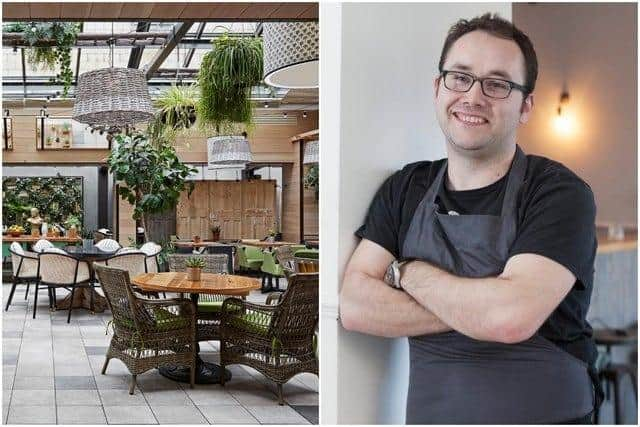With the closure of Tamburrini and Wishart, is fine dining dead?
The fine dining establishment brought these two esteemed chefs back together after the closure of The Honours in Leith, which was a casualty of the pandemic (and arguably the start of the decline in these types of restaurant). Tamburrini and Wishart was Michelin recommended, but some outlets were reporting that it was the lack of a Michelin Star that caused management to pull the plug on the restaurant, which opened in 2021 and had a focus on seasonal Scottish produce. It’s not the first this year to close, with Brian Maule at Chardon d'Or in Glasgow shutting down earlier this summer along with Monadh Kitchen in Bearsden, which closed due to pressure from the cost of living crisis. The start of the year also saw the announcement of the closure of Noma, which started me asking if fine dining, as a concept, has died.
Back in January I spoke to some of Scotland’s top chefs, who all agreed that there is still a place for quality food and innovation, but each questioned what fine dining means. Most mentioned fair pay and hours for staff - and that unpaid work (staging) was best left in the past - imaginative cuisine was key and steps were needed to help offset costs (such as solar panels in one restaurant). Stevie McLaughlin, head chef of Scotland’s only two Michelin Star restaurant, Restaurant Andrew Fairlie said: “Fine dining doesn’t have to be starched pink tablecloths, and a snooty waiter. It can be focused on great cooking, with passionate, enthusiastic, knowledgeable service, without the starch - and you can see this in abundance in the best of Scottish restaurants."
Advertisement
Hide AdAdvertisement
Hide AdA Glasgow venue owner and operator commented recently that customers under 30 want an experience and are more trend-led, so where does this leave the high-end, white table clothed eateries? Having recently eaten at The Strathearn at Gleneagles (surely the epitome of ‘old fashioned’ fine dining with its art deco style, dapper waiting staff and table-side trolley service), I saw first hand how, done right, the level of service, quality of food and overall experience combine to create a memorable experience. But without #cheesepulls or butter boards, will it attract a younger audience?


Another of the chefs I spoke to back in January, Stuart Ralston, chef patron of Aizle in Edinburgh shared his thoughts on fine dining in Scotland, and how it is not doomed. Indeed it’s in safe hands so long as it changes and adapts. He said: “Fine dining will continue to evolve, we will continue to grow and adapt, that is what will make us sustainable, as we have done since we opened, Aizle isn’t the same restaurant I opened in 2014, I had to adapt and change, it also isn’t the same restaurant it was just before covid or after covid, I had to change again, and I think that’s perhaps the point. Restaurants evolve, some make it and some don’t.” Maybe it’s just that simple.